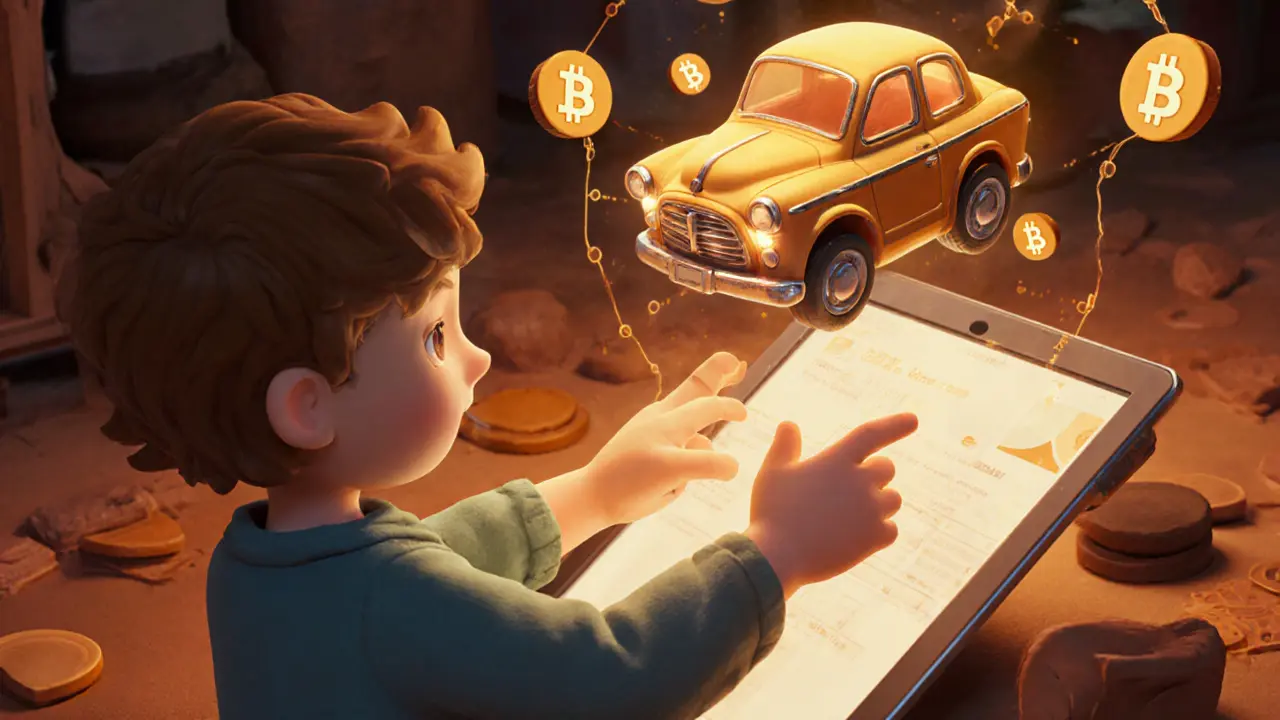Blockchain for 3D Assets: How NFTs and Smart Contracts Are Changing Digital Creation
When you think of blockchain for 3D assets, a system that uses decentralized ledgers to prove ownership and track changes to digital 3D models. Also known as NFT-based 3D ownership, it lets artists, game developers, and designers lock their creations into a tamper-proof record that can’t be copied or erased without permission. This isn’t just about digital art—it’s about real control. Before blockchain, if you made a 3D model of a robot, a company could download it, tweak it, and sell it as their own. No credit. No payment. No way to prove it was yours. Now, that model can be minted as an NFT, tied to your wallet, and sold with built-in royalties every time it changes hands.
NFTs, unique digital tokens that represent ownership of a specific 3D file. Also known as non-fungible tokens, it are the backbone of this system. They don’t store the 3D file itself—just a link and a set of rules. That’s where smart contracts, self-executing code that automatically enforces terms like royalties, licensing, or access rights. Also known as blockchain agreements, it come in. Want your 3D model to only be used in VR experiences? Write that rule into the contract. Want 10% of every resale to go back to you? Done. No middleman. No paperwork. Just code.
This isn’t theory. It’s already happening. Game studios use blockchain for 3D assets to let players truly own their weapons, skins, and characters. Architects sell 3D building models as NFTs that buyers can modify and reuse. Even fashion brands are minting 3D clothing designs that work across virtual worlds. The technology solves real problems: plagiarism, lost provenance, and broken revenue streams. But it’s not magic. You still need to know how to secure your wallet, pick the right marketplace, and understand the difference between storing data on-chain versus off-chain. Most 3D files are too big to store on the blockchain, so they live on decentralized storage like IPFS—with the NFT pointing to them. That’s why some NFTs break when the link dies. It’s a flaw, not a feature.
What you’ll find below are real-world examples of how this works—good and bad. You’ll see platforms where 3D assets are traded securely, others where scams hide behind fake NFTs, and cases where creators lost control because they didn’t understand the contracts they signed. Some posts dive into tools for minting 3D NFTs. Others warn about platforms that vanish overnight. There’s even a piece on how NFT tickets (a related use case) use the same tech to prove event access. This isn’t a hype piece. It’s a practical guide to what works, what doesn’t, and how to protect yourself while building in this new space.
What is 3DPass (P3D) crypto coin? A deep look at the 3D object tokenization blockchain
3DPass (P3D) is a blockchain that turns real 3D objects into digital tokens. Learn how it works, where to buy it, its use cases in gaming and supply chains, and whether it's worth investing in.
